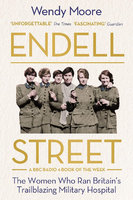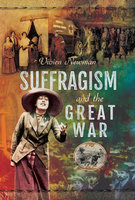New, Quality Gift Books - 50-90% off - over 2500 titles
Your basket is empty.
Categories War & Militaria WOMEN IN THE GREAT WAR
WOMEN IN THE GREAT WAR
Book number: 95144
Product format: Paperback
In stock
Bibliophile price
£6.50
Published price
£12.99
Customers who bought this product also bought
|
ENDELL STREET
Book number: 94689
Product format: Paperback
Bibliophile price
£4.00
Published price
£9.99
|
SUFFRAGISM AND THE GREAT WAR
Book number: 95132
Product format: Hardback
Bibliophile price
£5.00
Published price
£19.99
|
MYSTERY ON HIDDEN LANE: An Eve Mallow Mystery Book 1
Book number: 94567
Product format: Paperback
Bibliophile price
£5.00
Published price
£9.99
|
|
SCATTERSHOT: Life, Music, Elton and Me
Book number: 95497
Product format: Hardback
Bibliophile price
£8.00
Published price
£25
|
GHOSTS OF THE BRITISH MUSEUM
Book number: 95489
Product format: Hardback
Bibliophile price
£7.00
Published price
£20
|
VILLAGE PUMPS
Book number: 95410
Product format: Paperback
Bibliophile price
£3.50
Published price
£5.99
|
Browse these categories as well: War & Militaria, Feminism















